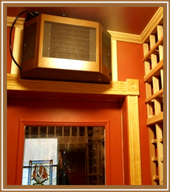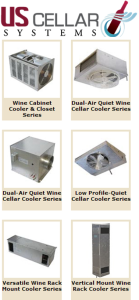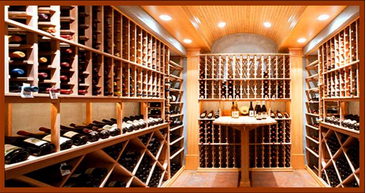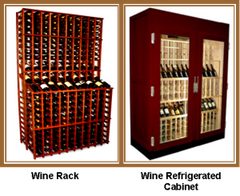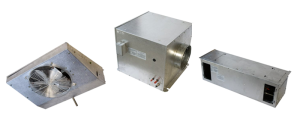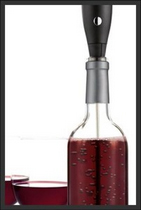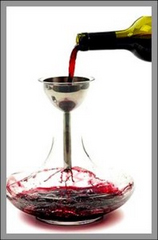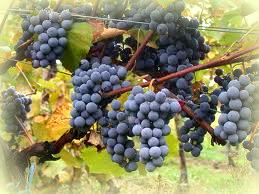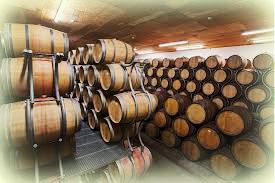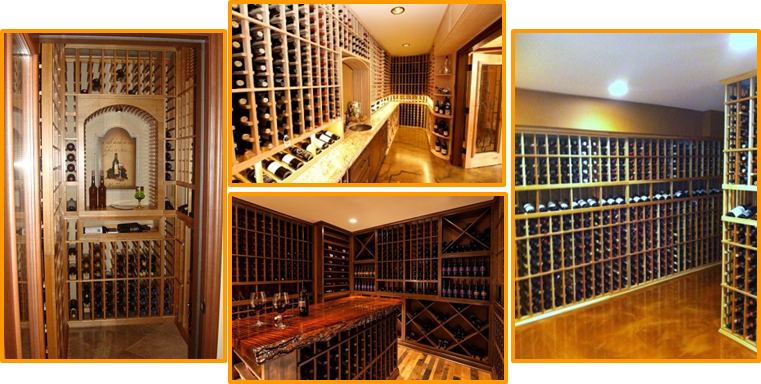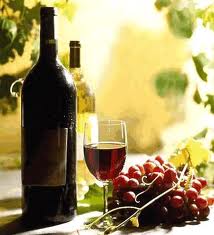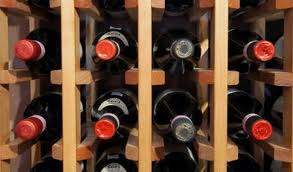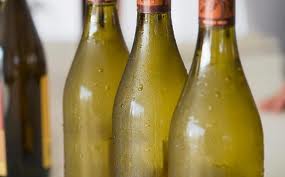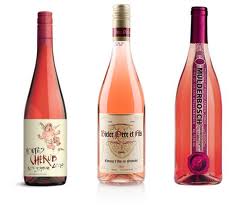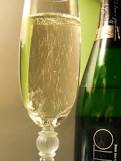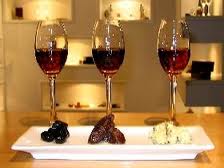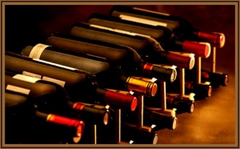 Wine collection and storage does not start and end with collecting wine bottles, no matter how expensive and rare they are. There are a lot of facets in wine storage that must be taken seriously to maintain the ideal settings and conditions in your custom wine cellar. The two most important aspects of a wine cellar that must be taken into account are the wine cellar refrigeration system and wine cellar door.
Wine collection and storage does not start and end with collecting wine bottles, no matter how expensive and rare they are. There are a lot of facets in wine storage that must be taken seriously to maintain the ideal settings and conditions in your custom wine cellar. The two most important aspects of a wine cellar that must be taken into account are the wine cellar refrigeration system and wine cellar door.
Achieve the Ideal Wine Storage Conditions with Functional Wine Refrigeration System & Wine Cellar Door
Both the wine cellar refrigeration system and wine cellar door must be reliable to achieve optimal storage conditions in your California custom wine cellar. If one of them does not function properly, your precious wine will surely be ruined.
The two main factors that contribute to wine’s quality are temperature and humidity. A wine cellar environment that has an unstable temperature and humidity will cause wine damage.
It is best to seek help from your wine cellar builder in choosing the right cooling equipment for your wine storage room. Also, make sure that your wine cooling system is appropriate for the size and location of the wine cellar.
Admittedly, the most overlooked matter is the kind of door that will not only enhance the aesthetic value of one’s wine cellar, but also one that will help in maintaining the wine cellar’s temperature and humidity levels. Sometimes, wine collectors underestimate the contribution of the wine cellar door beyond aesthetics and design.
Wine cellar doors play a big role in maintaining the ideal wine storage temperature and humidity levels inside the wine cellar. Correctly made and installed, wine cellar doors will trap the cool air inside the room and help maintain the cool temperature. Wine cellar doors are made of wood, wrought iron, glass, or a combination of these three.
Wine cellar doors must have an insulation capacity and perimeter seal to prevent warm air from entering the wine cellar. They are sealed and have locking mechanisms to help maintain the temperature inside the wine cellar.
Planning, budget, and design are the main important aspects of wine cellar construction. It is just common sense that the wine collector assess the availability of materials and services in the market.
US Cellar Systems offers wine cellar refrigeration systems for residential wine cellars, hospitality wine storage spaces, wine closets, and wine cabinets. What is exceptional about us is our customer service, assisting our clients in all facets of wine cellar building from planning to installation.
We are ready to answer your technical questions and assist you with your needs and concerns. Our products are easily available across the US, from San Francisco to New York. If planning and proper execution is your main concern, US Cellar Systems is what you are looking for. For more details and inquiries, please visit our website http://www.winecellarrefrigerationsystems.com/ or call us at (562) 513-3017.





